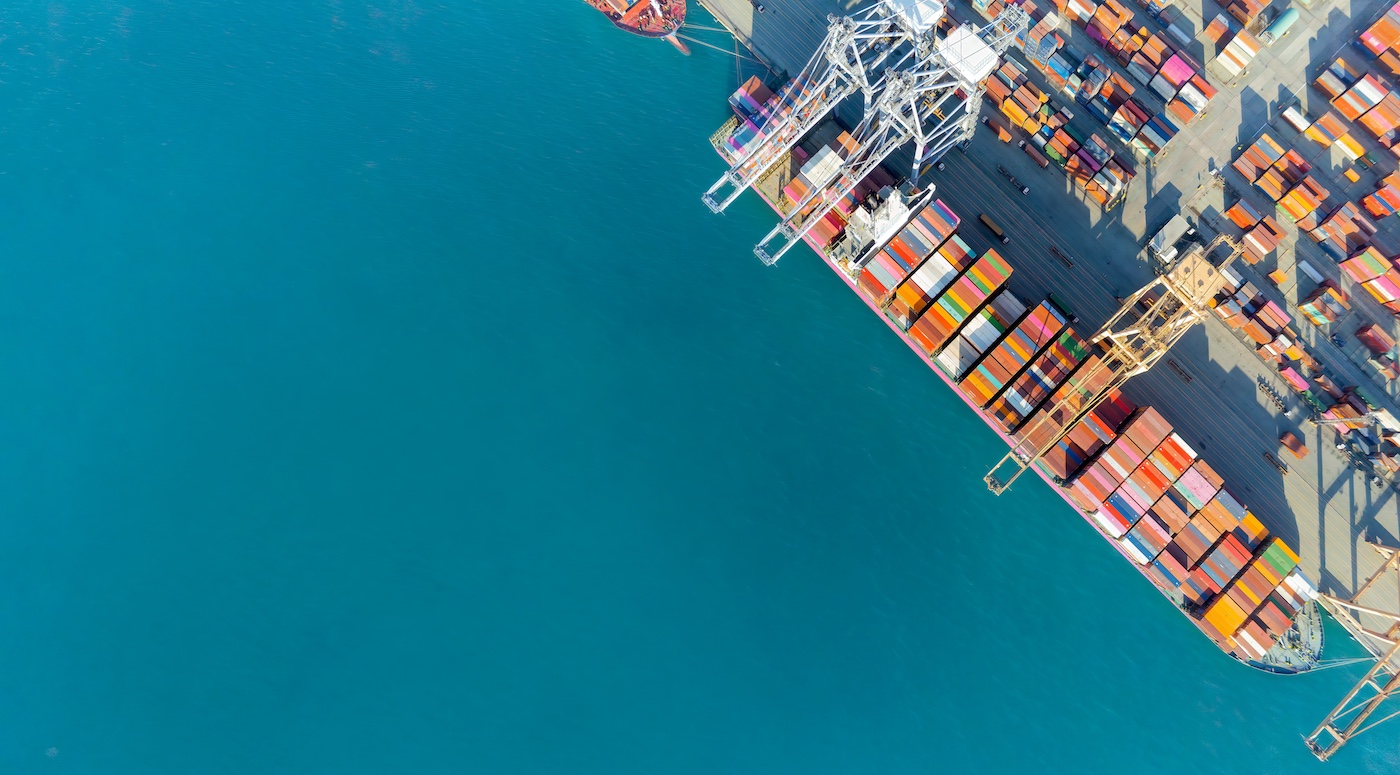Since Aug. 29, products delivered by mail from overseas to individual consumers have faced the same tariffs as products arriving in shipping containers that make their way to stores and warehouses. For now, anyway, that’s the end of the de minimis loophole.
De minimis — allowing low-value shipments to enter the U.S. without tariffs or customs inspections — has been around since 1930. But in 2016, Congress raised the threshold of what’s considered “low value” from $200 to $800. That led to an explosion of shipments as consumers in the United States ordered all manner of goods from China. In 2024, almost a billion packages a year were coming into the United States by mail from China. Thailand was the only country in the world with a higher de minimis threshold than the United States.
On Feb. 1, citing the trade authority granted to presidents by Congress, the Trump administration ordered an end to the de minimis tariff exemption, but then walked that back four days later saying it would wait until systems were in place to collect tariffs on the incoming packages. On July 30 the White House announced that the systems were ready, and the de minimis tariff and inspection exemption would end effective Aug. 29.
Getting rid of de minimis was something Portland Democrat Earl Blumenauer tried but failed to do before he left office last December. Now the Trump administration has achieved it by executive order. That drew criticism from Oregon State Treasurer Elizabeth Steiner, who issued an Aug. 28 statement calling on the White House to lift what she called a “new tax on online purchases.”
Related
